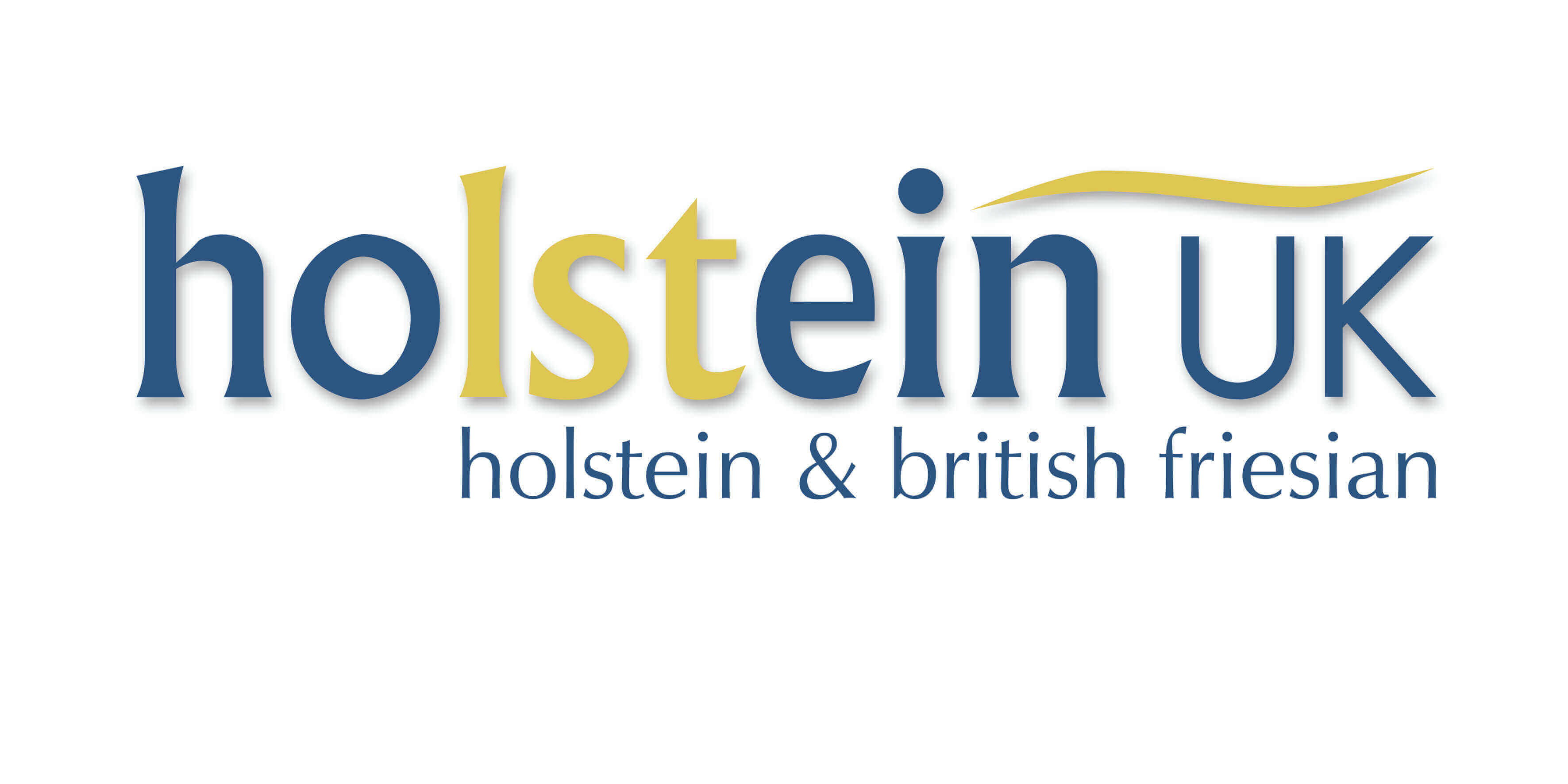
Changes to the Holstein Type Merit Index in April 2019
Changes to the Holstein Type Merit Index in April 2019
In the upcoming April 2019 proof run, Holstein UK will implement a new Type Merit formula, which dictates the makeup of the overall Type Merit Index. NBDC geneticist, Darren Todd explains the changes to the formula.
Type Merit Index
The goal of the Type Merit Index is to identify animals that have outstanding all round genetic merit in key functional type traits.
These traits are initially recorded on Holstein heifers by the NBDC classification team, with the data then used, alongside pedigree and genomic data, in the national genetic evaluations for type traits provided by AHDB. The output of these evaluations are commonly known as PTA (Predicted Transmitting Abilities), which are an estimate of the genetic merit that an animal will (on average) pass on to its offspring.
In total, twenty two individual traits are evaluated, including Mammary and Legs & feet. Type PTA can then be used to make breeding decisions such as in the selection of mating sires. In order to simplify this process, the overall ‘Type Merit Index’ is calculated using some key individual PTA. Type Merit is aimed at identifying bulls which should sire daughters that generally classify well.
The index is therefore calculated using a formula that reflects the most important Holstein type traits at the classification level. The makeup of the formula is adjusted periodically by Holstein UK, with the last change implemented in December 2017.
From April 2019, the new formula will be:
Type Merit = (0.8 x Mammary PTA) + (0.4 x Feet &Leg PTA) +(0.4 x Angularity PTA) + (0.2 x Chest Width PTA)
Whilst the emphasis on Mammary and Legs & feet remain similar to the 2017 formula, the new formula aims to align body traits more closely with the goals of classification. As such a moderate weighting for Angularity has been introduced and the moderate emphasis on Chest Width is retained. Angularity is positively is associated with higher lifetime milk yields (Figure 1) in the UK Holstein population. Although Rump angle, Teat length and Rear leg side no longer feature directly, the formula has been weighted to select for optimums in each of these traits in the UK Holstein population.

Figure 1. The relationship between phenotypic angularity scores of registered Holstein heifers born between 2000 and 2002 and their subsequent lifetime milk yield (Kg) and lifetime yield per day (Kg/Day).
Using Type Merit effectively
Type merit is best used alongside other dairy indexes such as PLI, Fertility Index and SCC. Those seeking to place particular emphasis on individual type traits, such as Stature for example, should continue to use Type Merit Index alongside individual trait PTA published by Holstein UK. An effective way of doing this is via NBDC’s Bull Selector software (http://holstein-uk.org/bullselector).
Summary of changes in the overall Type Merit Index
- Continued strong emphasis on Mammary (MAM)
- Continued strong emphasis on Legs & feet (L&F)
- New moderate emphasis on Angularity (ANG)
- Continued moderate emphasis on Chest Width (CW)
For further details or explanation of the new Type Merit Index please contact Darren Todd on 01923 695275 or email darrentodd@nbdc.uk
Holstein UK E-Newsletters
| View previous Holstein UK E-Newsletters |
|---|
| 2023 |
| 2022 |
| 2021 |
| 2020 |
| 2019 |
| 2018 |
| Sign up to receive e-newsletters from Holstein UK
|
Do you have any news?
Let us know if you have something to share
Club News
